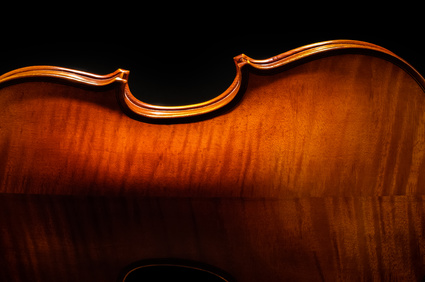Last month we explored the beauty of crotch and burr veneers which produce striking swirly patterns featuring unique features. Continuing the theme of presenting something special to those who wish to add distinctive appeal to their creations or significantly enhance the allure or even value of a piece, this month we’re taking a look at figured veneers.
We have discussed before that the way a log is sliced has a considerable bearing on the appearance of the resulting veneers. With some timbers, particular methods of slicing can reveal or enhance the figures of the wood grain considerably. An example of this would be with bird’s eye maple; when rotary sliced, the resulting eye figure is pure perfection.
Really it’s all down to the skill of the veneer woodworker who knows just how to get the very best effects out of any given timber species, and can use their experience and expertise to deal individually with the unique features of very piece of timber, because no two trees will ever be the same.
There are many types of figure in the world of veneer woodworking, so we will take a look at a few of the most popular.
Swirl Figured Veneers
If you recall the crotch veneers we looked at last month, you may consider the swirl similar, although much softer. Swirl figuring displays meandering grain and where that swirling is heaviest, so the wood appears darker. Swirl figuring is common in cherry, maple and mahogany.

Curly Figured Veneers
Where contortions in the direction of the grain reflect light at different angles, it gives the appearance of undulating waves. This is known as curly grain and is common amongst most species, although mostly it appears in maple. The butt and stump sections of a tree tend to produce diagonal curls which are known as ‘angel steps’ and rolling curl figures known as ‘cross-fire’.

Fiddleback Figured Veneers
Fiddleback figure is a variation on the curly figure and its name derives from its common use for the backs of violins. Quarter cutting is used in the production of fiddleback veneers so that the grain is very straight and features charming curls running consistently from edge to edge. Maple, makore and sycamore are some of the most common species to feature fiddleback traits.

Mottle Figured Veneers
Mottle figured veneers tend to take two forms. One is a scattered effect known as broken mottle, and the other is more of a regular pattern known as block mottle. The mottled effect derives from wavy grain combining with spiralling, interlocking grain, and the results are very striking. Most commonly found with mahogany but will also present itself in other species such as makore (pictured).

Bird’s Eye Figured Veneers
Bird’s eye flitches are very much in demand thanks to the incredibly unique and eye-catching effects they bestow upon the veneer and its destination piece. Maple is one of the most common timbers to feature the birds eye figure and it will usually be rotary cut or half-round sliced in order to draw the very best out of this naturally beautiful feature.

Expert Advice on Figured Veneer Selection
If you would like some professional advice on selecting a particularly outstanding veneer for your pieces, we are able to show you a selection of beautifully crafted and expertly produced figured veneers across a variety of species. Get in touch to discuss your project.


